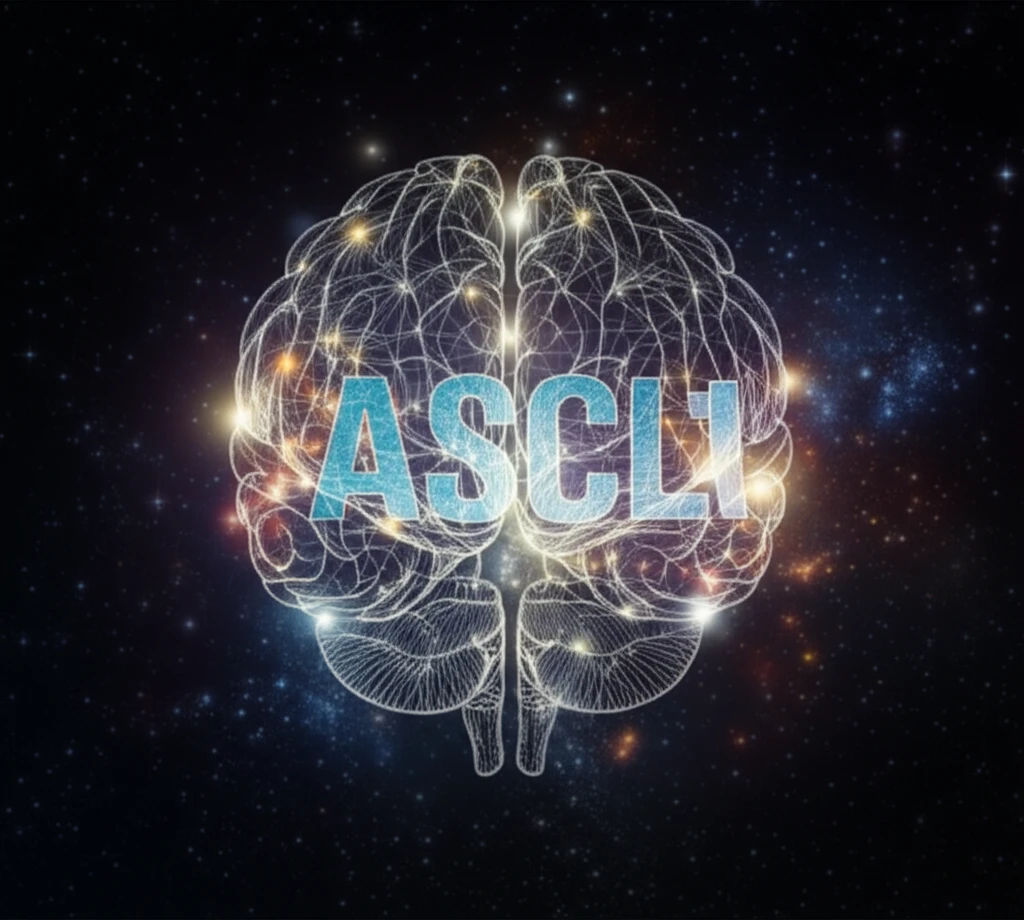
Glioblastoma Breakthrough: Can This Gene Discovery Pave the Way for New Treatments?
"Scientists identify a key gene, ASCL1, that could revolutionize how we treat glioblastoma, offering hope for more effective, targeted therapies."
Glioblastoma (GBM) is a particularly aggressive type of brain cancer, notoriously difficult to treat. For years, treatments have been guided by how the tumor looks under a microscope, but recent advancements are digging deeper into the genetics of these tumors. Understanding the molecular fingerprints of glioblastoma is crucial for designing more effective and personalized treatments.
One promising area of research involves identifying genes that dictate how GBM cells behave. These genes can classify GBM into different subgroups, each with its own characteristics and responses to therapy. By understanding these subgroups, doctors hope to tailor treatments more precisely, improving patient outcomes.
In a recent study, researchers have uncovered a key gene, Achaete-scute homolog 1 (ASCL1), that appears to play a pivotal role in determining the characteristics of glioblastoma stem cells (CSCs). These CSCs are thought to be responsible for the growth and recurrence of tumors, making them a prime target for new therapies.
ASCL1: A Master Regulator in Glioblastoma

The study highlights ASCL1 as a crucial gene for classifying glioblastoma into the proneural (PN) subgroup. This subgroup is known for its potential to differentiate into neuron-like cells, a process that involves activating a specific set of genes. Beyond its role in neuronal differentiation, ASCL1 also suppresses genes associated with the mesenchymal (MES) subgroup, which is often linked to poorer outcomes.
- Promoting Differentiation: ASCL1 nudges GBM stem cells toward becoming more like mature neurons.
- Suppressing Aggression: ASCL1 helps keep the mesenchymal characteristics of GBM in check, reducing the tumor's aggressiveness.
- Targeting Vulnerabilities: The balance between ASCL1 and NDRG1 could reveal new ways to target specific vulnerabilities in GBM subgroups.
Future Implications: Tailoring Treatments to GBM Subgroups
These findings suggest that enhancing ASCL1 expression in PN glioblastomas could reduce tumor growth, while inhibiting NDRG1 in MES tumors might curb their malignancy. By precisely targeting these genes based on a patient’s specific tumor subgroup, clinicians may be able to improve treatment effectiveness and ultimately enhance patient outcomes.
